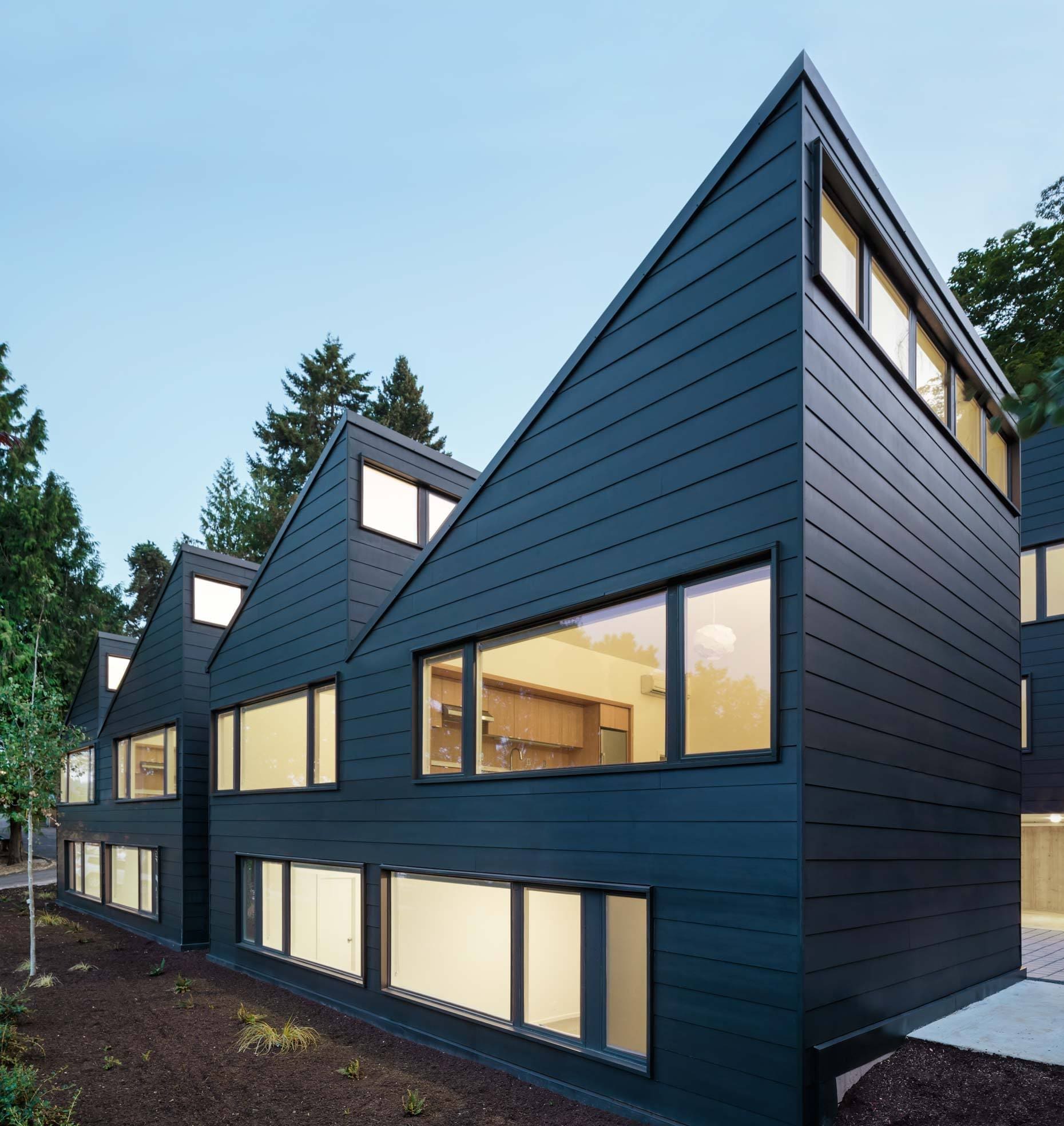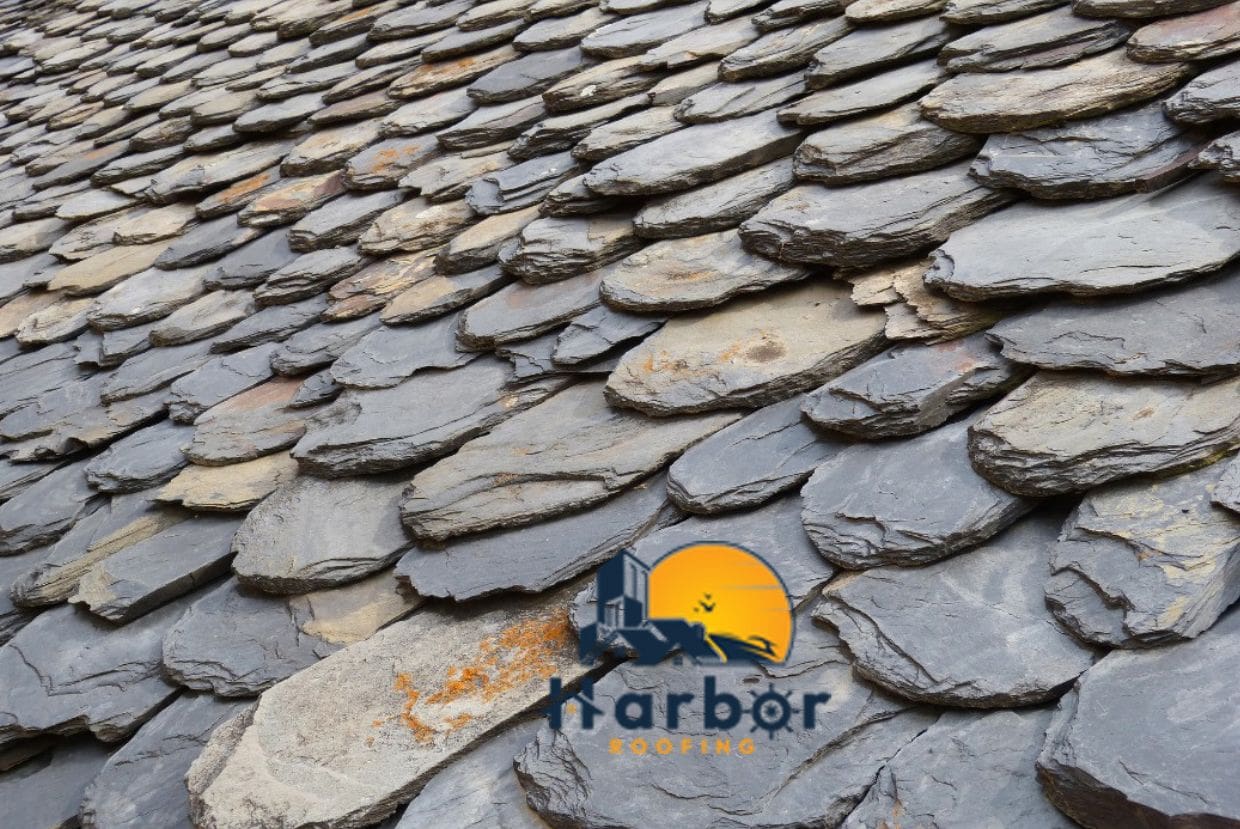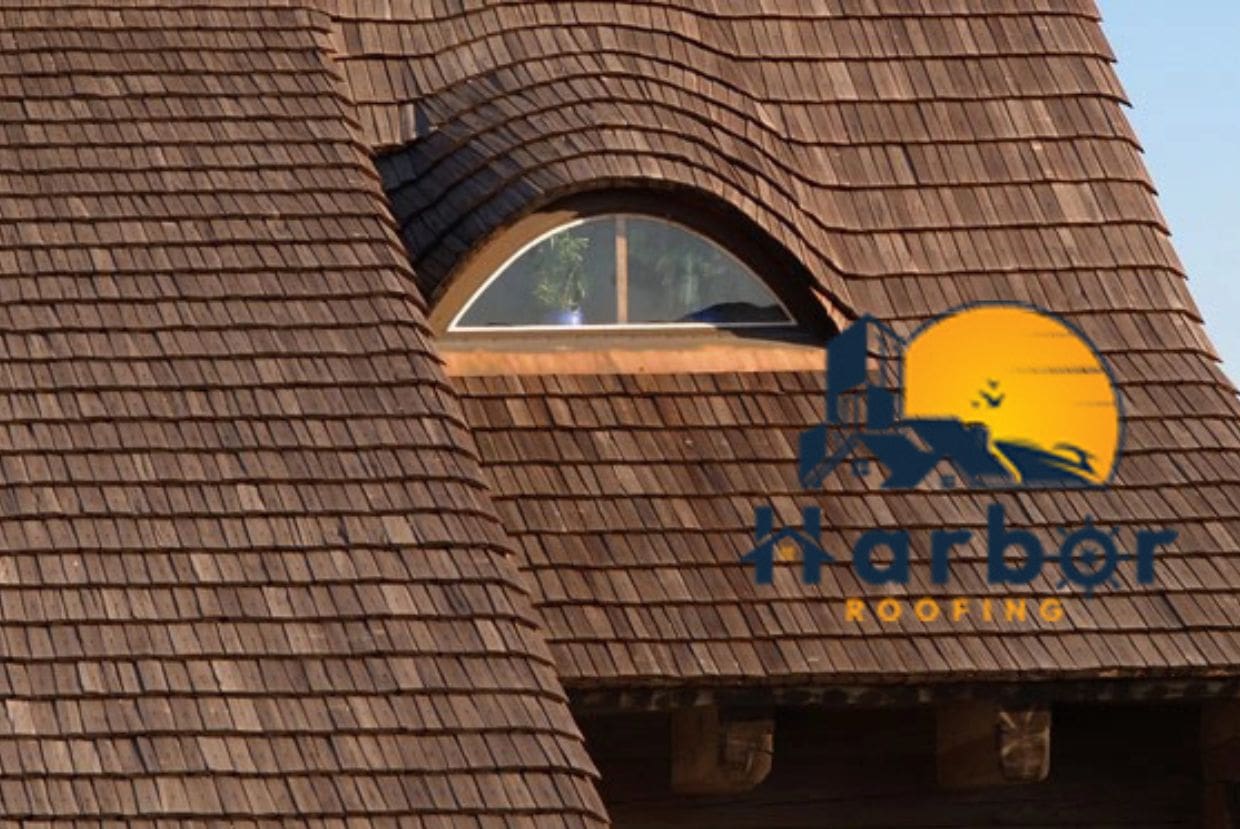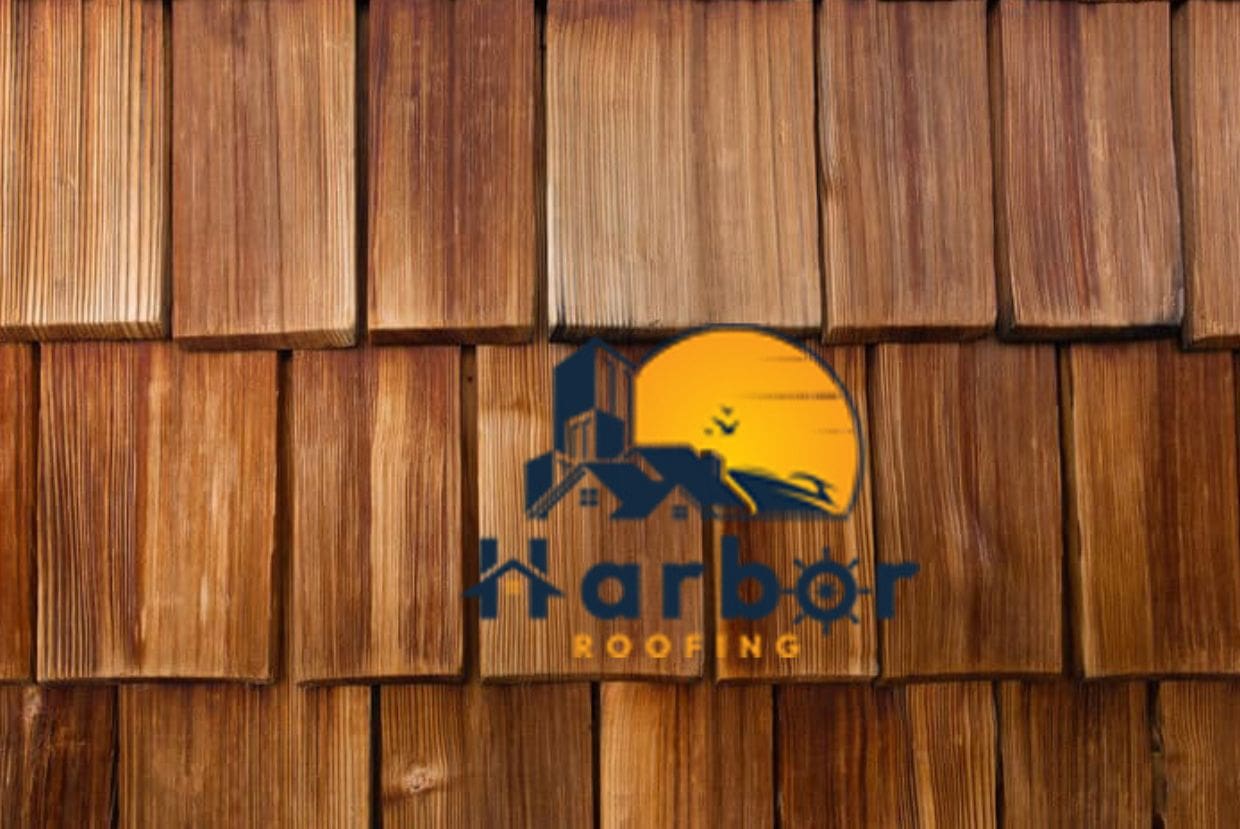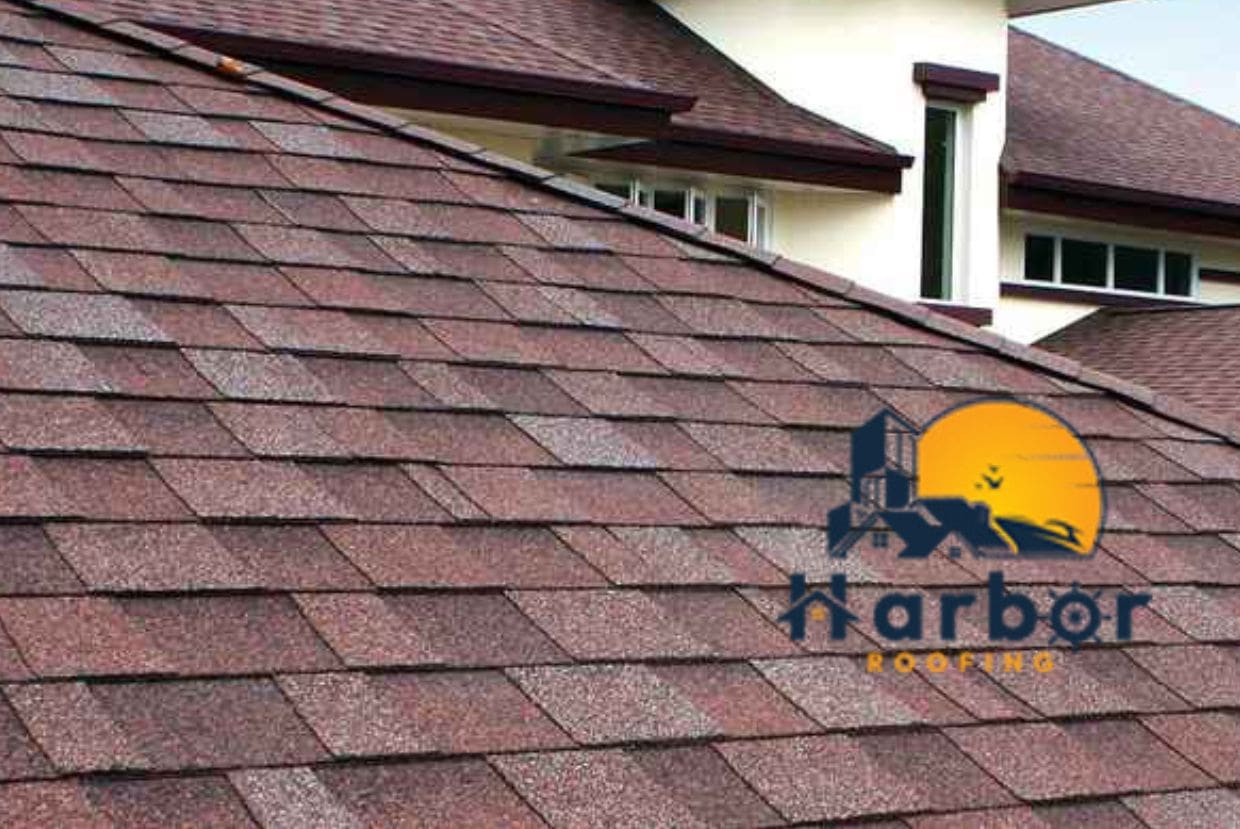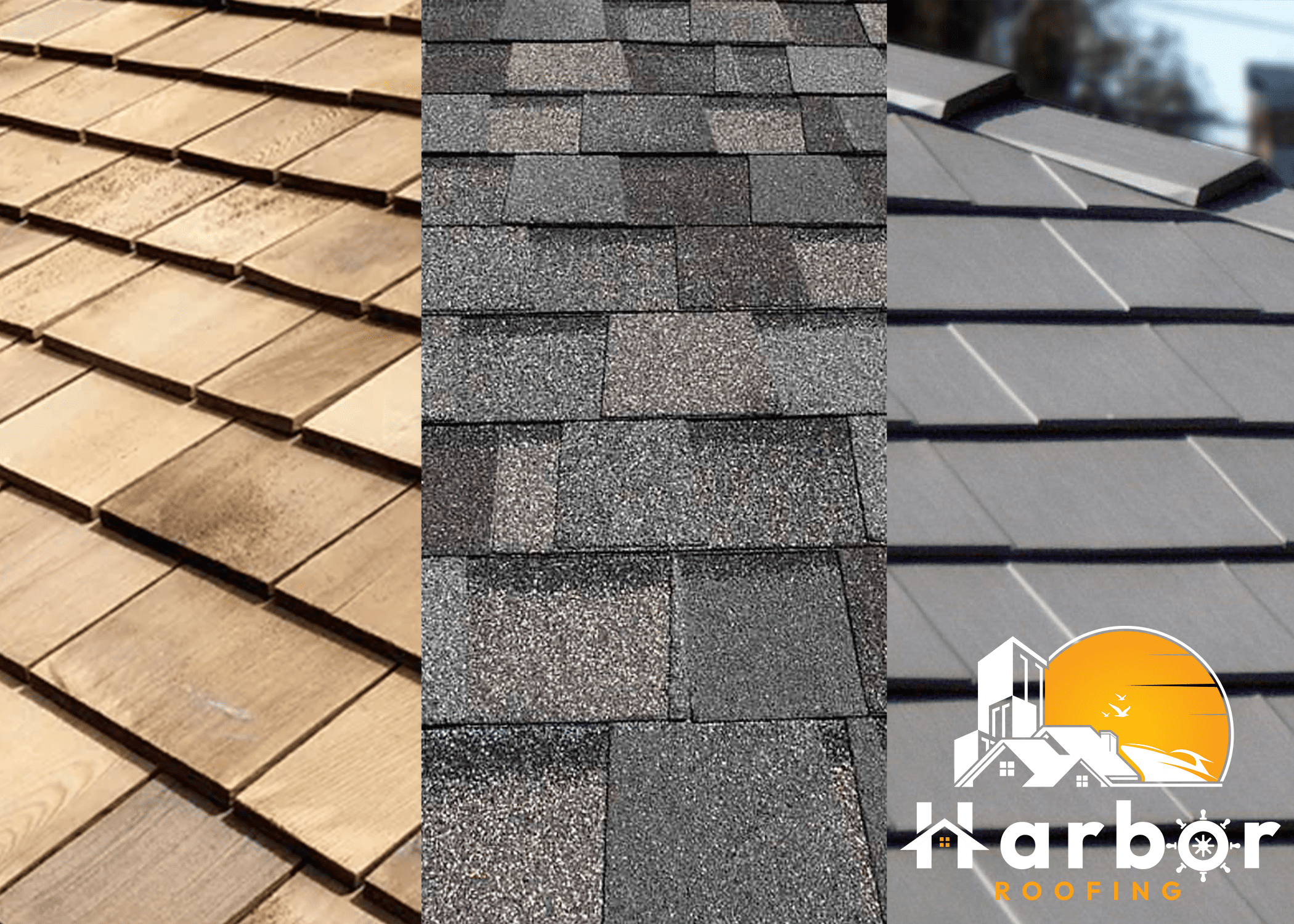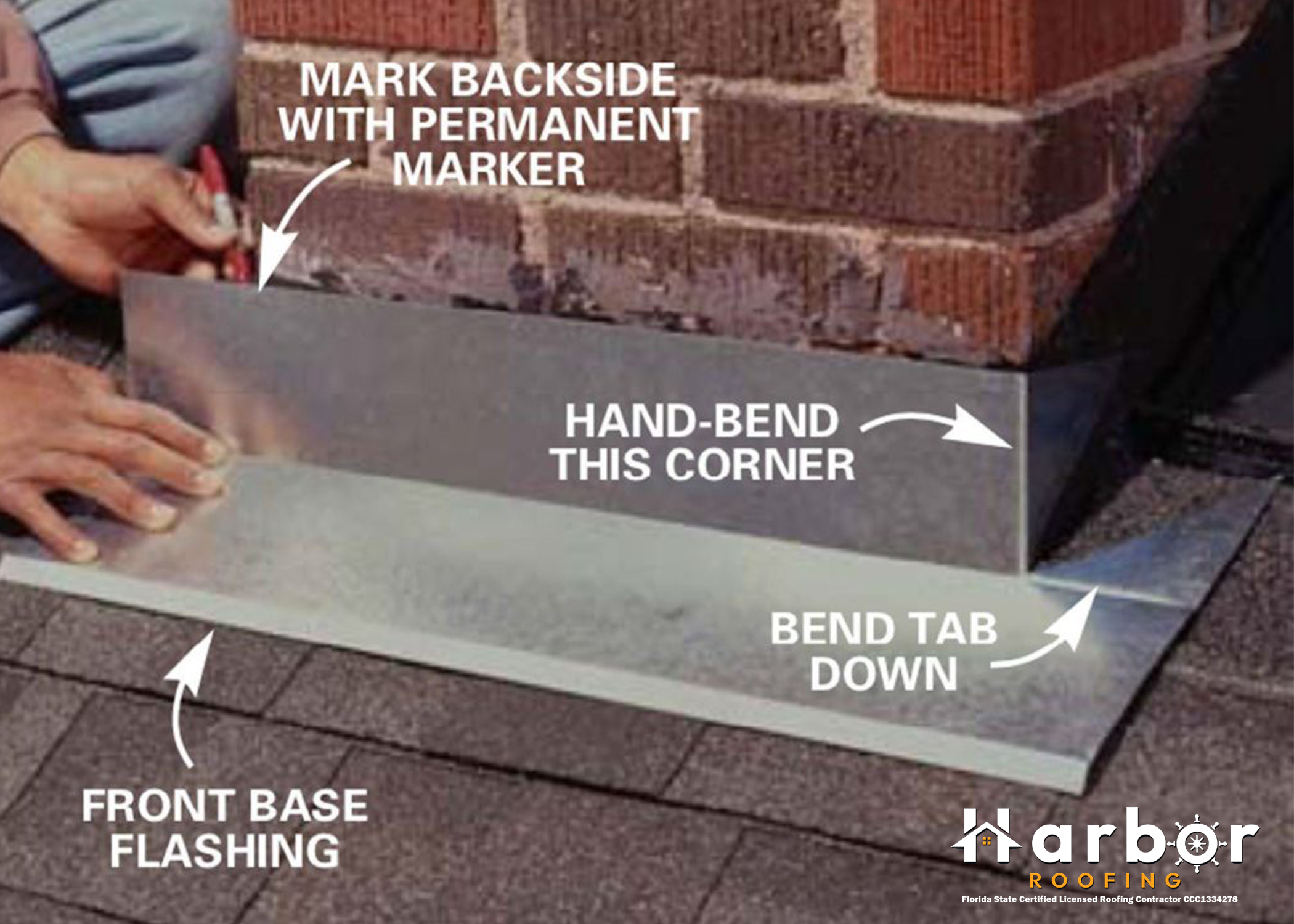A sawtooth roof has an order of ridges with different slants on either side. The steeper sides are glazed to let in light and directed away from the equator to provide shade for factory workers and machinery.
There’s much more to learn about this unique roof, but you’ll have to keep reading to find out what “much more” is.
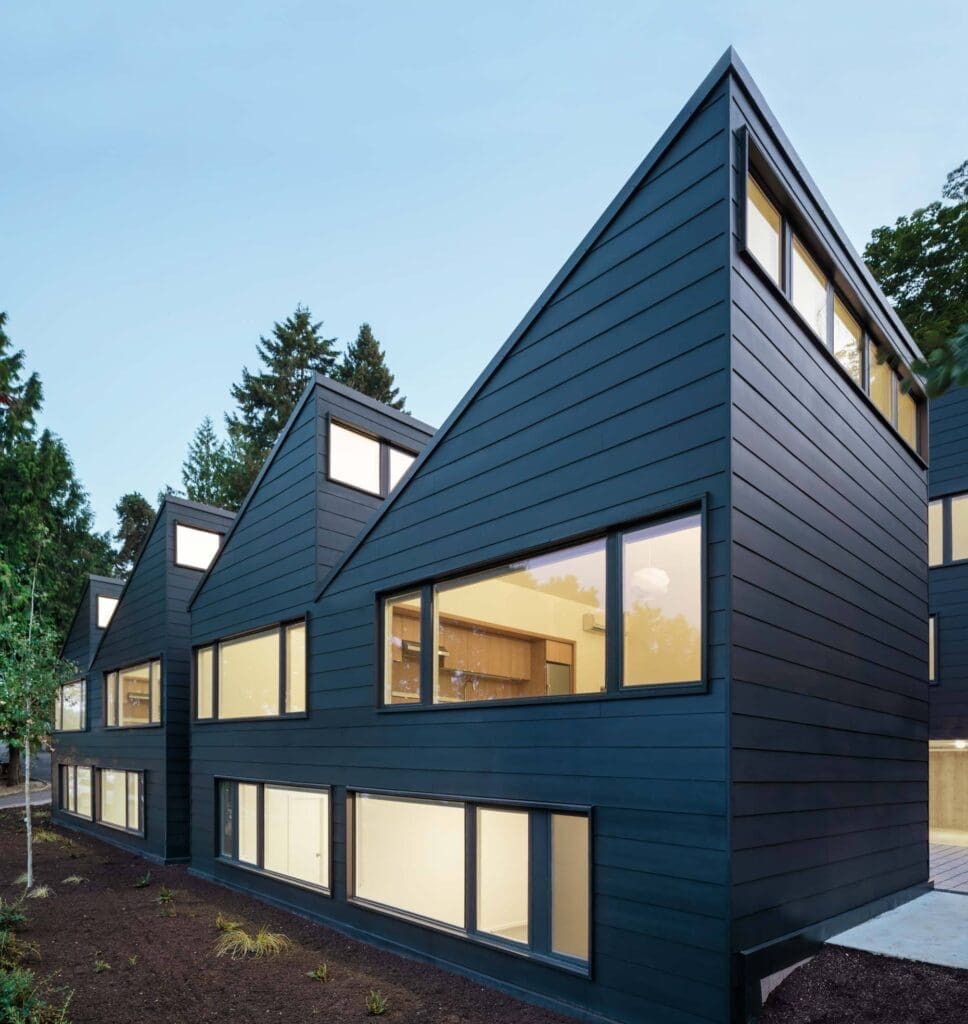
What Is a Sawtooth Roof?
Sawtooth roofs are made up of a row of ridges that have two different pitches on each side. These roofs have many parallel roofs that line up to make the shape of saw teeth, with one slope being steeper than the others. The higher parts of these roofs usually have windows so that there is a lot of natural light.
Sawtooth roofs are popular on factories and other large industrial buildings. Some of them even look like a series of skillion roofs.
People choose this roof type mainly to let more natural light into a room while reducing glare and keeping heat out. Sawtooth roofs became more common as the world moved toward building materials that use less energy.
This type of roofing keeps getting better and more adjustable, so people can use it on homes and factories. It’s even possible that sawtooth roofs will have high-tech radiation shields built into them to make them cooler.
History of Sawtooth Roof
Sawtooth roofs have been around since 1827 when they were reportedly first designed by British architect and engineer William Fairbairn. Sawtooth roofs, initially intended for power-weaving purposes, didn’t become popular until the 20th century.
During the Industrial Revolution, companies greatly benefited from these roofs because of the additional light they provided. However, since artificial lighting became commonplace, sawtooth roofs have fallen out of favor.
These rooftop styles came back in the late 20th century, when eco-friendly commercial construction prioritized natural lighting. These rooftops got back their popularity at this time.
The optimal number of sawtooth roofs is three. They were formerly only seen in factories and mills, but as word spread about their environmental friendliness, they began to appear in homes as well.
Pros and Cons of Sawtooth Roof
Pros
- Provides more natural light: Glass panels are a standard component of sawtooth roofs, allowing abundant natural light to flood the inside. These glass panels not only look great but also protect the building’s contents from the sun’s damaging ultraviolet radiation.
- Unique design: Sawtooth roofs are functional and can quickly improve the look of any building. They are perfect for modern, open-concept homes because of their unconventional and eye-catching design.
- Creates extra space: This roof style allows for spacious interiors due to its lofty ceilings. Given the need for extensive headroom in massive structures, this is a major benefit of sawtooth roofs.
- Energy conservation: When constructed correctly, a sawtooth roof insulates against cold in winter and keeps air conditioning costs down in the heat of summer.
- Accommodates installation of solar panels: Sawtooth roofs are ideal for installing solar panels, which can significantly reduce energy costs. Sawtooth roofs are an energy-efficient and eco-friendly option for home roofing.
Cons
- Costly to construct: Sawtooth roofs are more expensive to construct than other roof styles because of their intricate design and increased material requirements. A more complex roof design will increase your budget due to the higher cost of materials and the additional labor involved in hiring an architect.
- Unsuitable for areas with extreme weather: When it rains heavily or snows heavily, sawtooth roofs are more likely to leak due to the numerous valleys, slopes, and windows that make them up. As a result, this style of roofing is only viable in dry environments.
- Requires high maintenance: Because they trap water, these kinds of roofs tend to rust. Even though manufacturers make most of them with metal sheets, it is easy for water to get in because of the way they build the roof. This means that you will need to fix or replace the roofing materials more often. To solve this issue, you should use high-quality roofing materials that can withstand bad weather.
Why Should You Get a Sawtooth Roof?
The sawtooth shape of the roof lets in plenty of natural light. With its ‘daylighting’ design, which allows sunshine into the building, this roof can help alleviate issues like overheating in an industrial unit and provide other benefits.
Sawtooth roofs have increased in popularity due to their efficiency. The manufacturers designed sawtooth roofs strategically to let in plenty of natural light and provide passive heating, cooling, and more in the manufacturing facility. The manufacturers created it to make providing sufficient lighting in enclosed areas easier.
‘Natural daylighting’ refers to using windows and skylights to bring in natural light, creating a pleasant working environment for people inside a building or factory. And it helps with other issues, including heat, at the same time.
Tips on Building a Sawtooth Roof
Builders often construct sawtooth roofs from sturdy materials like wood, metal, or concrete. You must consider these roofs’ symmetry and regularity during construction.
For instance, the beams are far longer than those of a standard roof. The dead weight of the roof is likewise significantly greater than the live weight. That’s why providing these roofs with extra reinforcing work is crucial while building them. For extra support, most builders use steel bracing. They usually add a set of metal trusses to the roof’s open parts to give them additional support.
One way to make this kind of roof is by creating a series of valleys and ridges. Instead of asphalt shingles, which can weaken the building’s structure, builders often use metal or slate because they are long-lasting and sturdy.
Each roof piece is built in sections, and each section needs to be tilted at the right angle of about 15 degrees. On the other hand, the clear parts need to be tilted 60 degrees.
The gutters on sawtooth roofs are another essential thing to keep in mind. When you get drains, ensure they are strong enough to hold much water when it rains heavily. If you decide to put up box gutters, you must maintain them regularly to keep them from falling and leaking. In box gutters, dirt and leaves can get stuck in the drains, which makes the gutters less functional.
Finally, you should be most concerned with how much snow will fall on your sawtooth roof. This can cause leaks or mold to grow around the windows. To fix this, you could tilt the roof toward the window and put heating fans at the bottom.
Maintenance of Sawtooth Roofs
If you want to remove a sawtooth roof, you should handle it the right way to keep the roof from getting damaged. For this kind of roof, you need to take off the old sealant and immediately deal with the new sealant.
Ensure you check the different parts of the roof often. In addition, to keep the metal from rusting, use a wire brush to rub against it.
Cutting the trees near your house is something you should do often. Get rid of the falling leaves from the roof as well. When you don’t get rid of the trees in the drain, the moisture will likely cause rot over time.
Conclusion
Glass panels on sawtooth roofs are aesthetically pleasing because they provide protection from the sun and allow natural light to illuminate huge interiors. Though first used in factories, these roofs quickly gained popularity among households for the energy savings they provided.
If you plan on constructing this style of roof for your home, think carefully about where you’ll put the windows so that every room is lit.
Frequently Asked Questions
How much does it cost to construct a sawtooth roof?
The least expensive way to install a sawtooth roof is with asphalt shingles. However, they are not the most durable choices. Sawtooth roofs have a lot of ridges and dips, which make asphalt shingles work poorly there.
Even worse, they might make upkeep more expensive. On the other hand, slate shingles cost more but last longer and are more sturdy. You might even think about metal roofs because they can stand up to high temperatures. The total cost of building a sawtooth roof depends on the materials you use and whether you hire professionals to do the work.
How can I decrease the sawtooth roof’s radiant heat?
Glass panels of all shapes and sizes make sawtooth roofs particularly attractive. It is effective against ultraviolet light and lets in natural light while protecting vast areas. The factory setting is an ideal use for this roof design.
Why are sawtooth roofs gaining popularity again?
This roof type is becoming trendy again because its shape lets in plenty of natural light. The sawtooth profile of the roof is designed to let in natural light and heat while also minimizing issues like overheating in the building’s industrial
